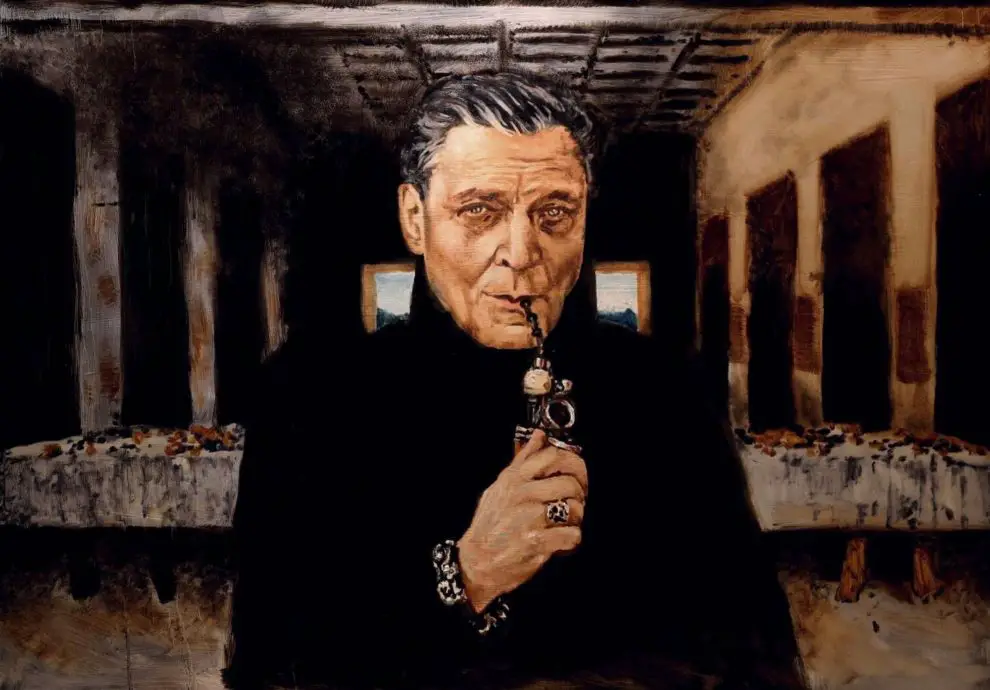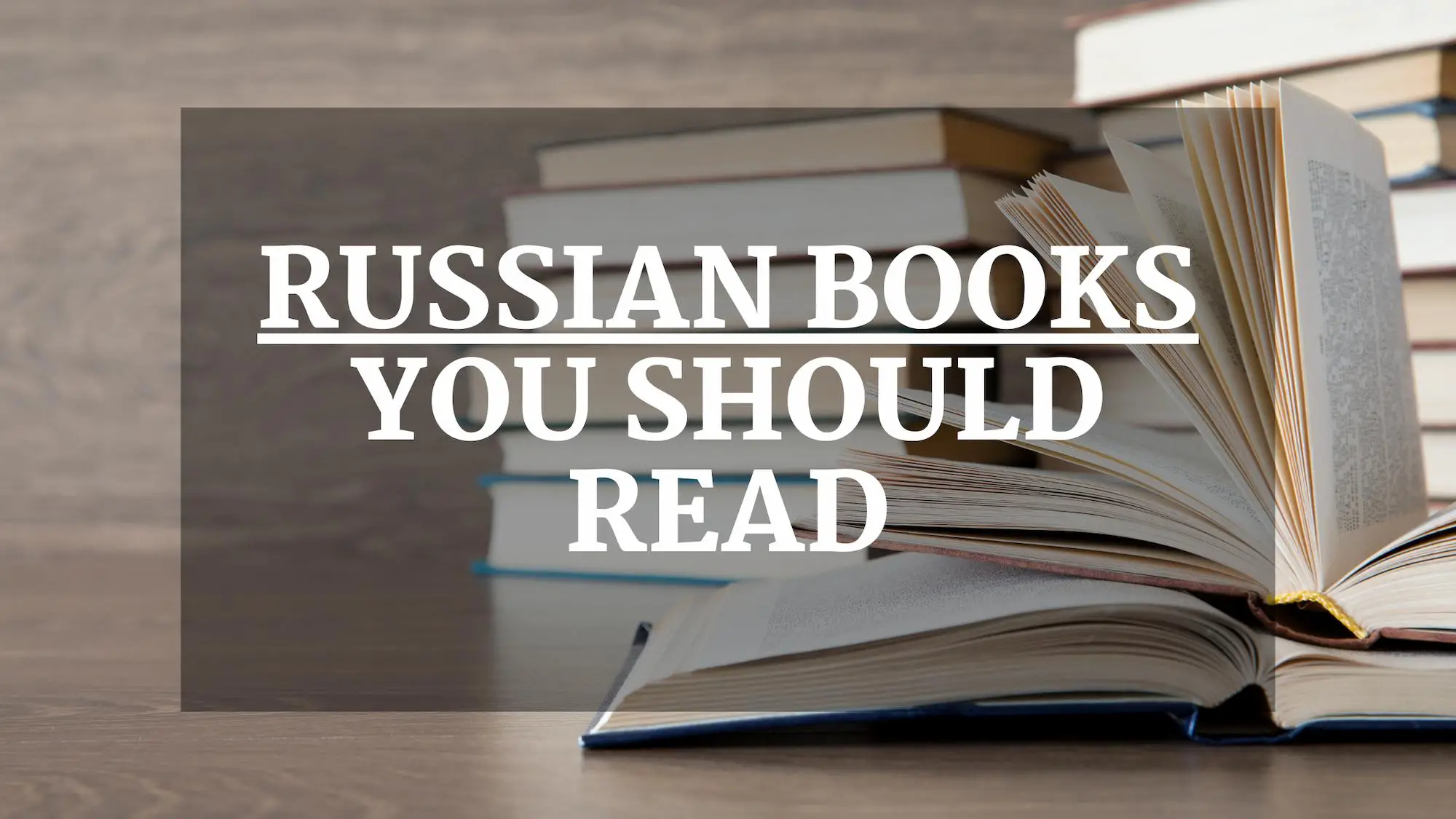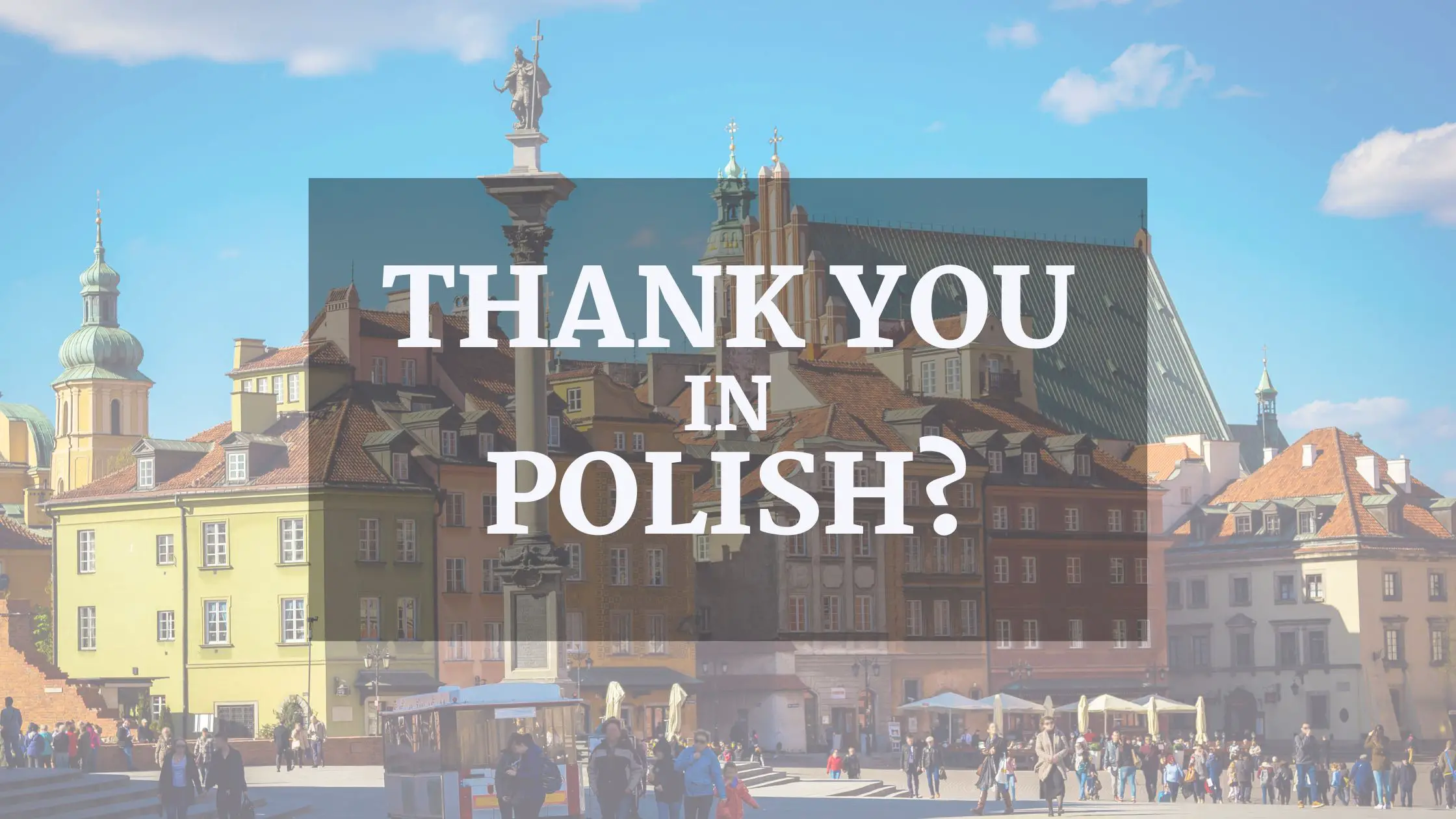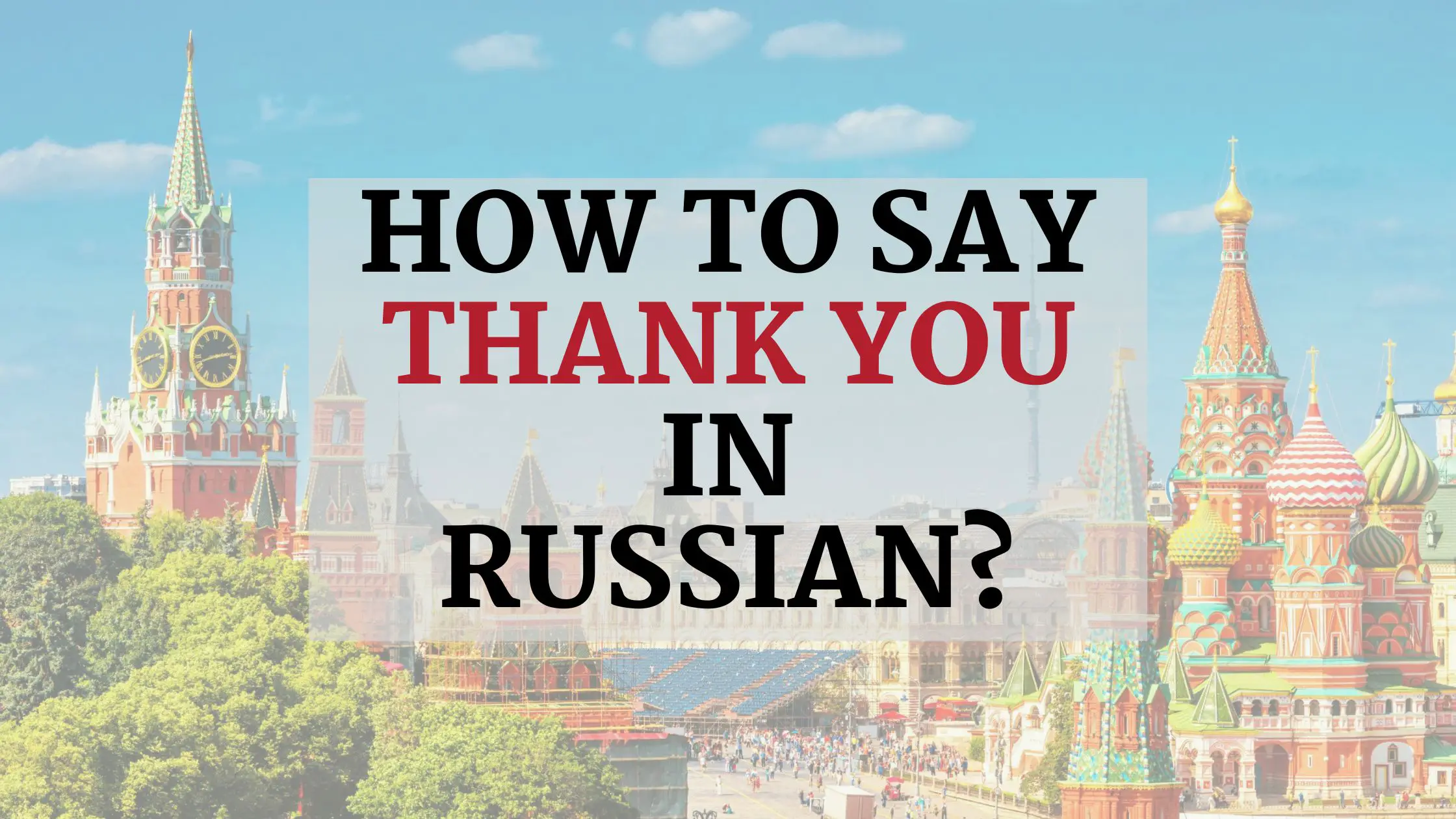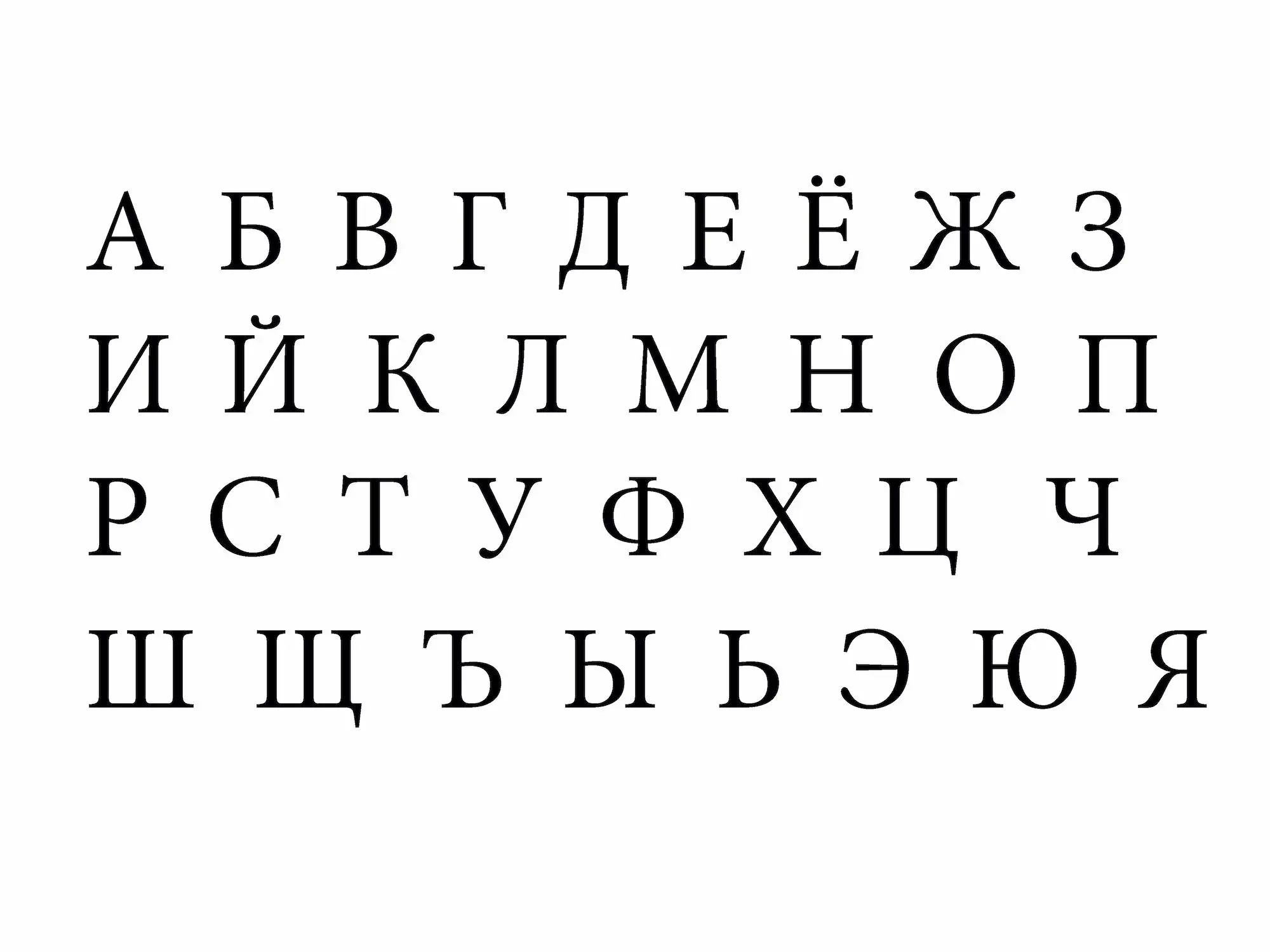Gallery after gallery, art exhibition after art exhibition, a lot of popular paintings and people who shape the Russian culture of today. These are the things this article is going to focus on.
We are going to talk about some of the most famous Russian artists whose art has left a mark on the Russian art scene, culture and has left an imprint on public life.
Table of Contents
The List of Best Contemporary Russian Artists
Russian contemporary art scene is enormous, but we have decided that you need to hear about these 6 incredible artists!
Even though most of them are not based in Russia at the moment, they were all born in this country. In their motherland, they studied art.
Keep reading to find out more about some of the most talented contemporary Russian artists.
If you want to learn more about Russia and famous Russians you should check out this article: 13 Most Famous Russians.
1. Andrey Bartenev
First on our list is Andrey Bartenev who was born in 1975 in the city of Norilsk. Many think that Bartenev is one of the best Russian artists in the post-soviet art scene.
He can be described as a sculptor, a performer (with many exhibitions), and an experimentalist who creates modern and interactive installations.
During the last century, he was featured in many artistic catalogs, exhibits, and contemporary Russian art galleries. All of these contributed to him being one of the most famous artists in the Russian art scene (he is also well-known worldwide).
His works were featured in galleries and museums all over Europe: Germany, Switzerland, Poland, Lithuania, Latvia, Norway, Austria, and France.
After the Europe tour, he was called to other parts of the world to have exhibitions and present his contemporary art.
He had several exhibitions in the USA, including performances for Robert Wilson’s Watermill Center.
Bartenev’s works were displayed in the American Visionary Art Museum in Baltimore. His performance (Shaking Angels) had its premiere at the National Arts Club on Gramercy Park in New York City.
Andrey describes his work as an interdisciplinary approach: “Аrt is just a single current and I don’t care what forms it takes” [1].
For example one of his installations “Black Caviar Road” nicely shows his approach and the way he manipulates shapes and forms.
In 2009 he was one of the organizers and curators of The Third International Festival of Illustration held in Moscow.
Additionally, he was involved in creating costumes for several theater plays and also editing and publishing few books about Russian body art and illustrations.
2. Alexander Moldavanov
Just like the previous Russian artist, Alexander Moldavanov was born at the end of the 20th century in the small Russian town of Uryupinsk. At some point, he moved to Volgograd, where he studied at an art school and later at Volgograd State University.
This artist uses secrecy and exaggeration in his works to achieve subtleties that you are not able to see very often in a work of art. Alexander Moldavanov combines incompatible themes or elements to create most of his works.
He views the modern world as crazy and strange, which is exactly what he wants to convey to the audience by evoking their feelings.
This modern artist thrives on improving his style and techniques, yet he often returns to classical oil painting and portraits, conveying a diversity of emotions.
Alexander definitely belongs to the group of famous modern Russian painters who combine modern and traditional. As he once said: “All my life I have been drawing and selling my paintings”.
3. Ilya Kuvshinov
Ilya Kuvshinov is among the best contemporary artists which is precisely the reason why he’s on this list. This Russian artist created digital characters from his early age (mostly in video games).
Kuvshinov once said that the Ghost in the Shell by Mamoru Oshii was the main inspiration behind his passion for art. He saw this peace when he was only six years old and since then he became a big anime fan.
That was the biggest reason for him to move to Japan. Time has shown that this was the right move. He was quickly involved with big animation projects.
For the western audience, he is mostly known for creating the characters of Ghost in the Shell: SAC 2045 (2020). He is also known for designing the characters in Keiichi Hara’s film Birthday Wonderland (2019).
You can find him on social media (this is his Instagram) and also purchase some of his books which feature his contemporary art.
MOMENTARY: The Art of Ilya Kuvshinov is his first book which is growing in popularity.
In this work of art, readers can see a fascinating combination of adorable girls with large, manga-style eyes, and soulful Japanese landscape illustrations.
His second book (ETERNAL) features over 300 contemporary artworks mostly from social media of this artist.
4. Oleg Zhivetin
Oleg Zhivetin is a Russian painter from Taskent (now the capital of Uzbekistan). He was born in 1964 and completed his painting and Monumental art education at the Moscow University in 1988. He got his bachelor’s degree there and in 1990 his master’s degree.
After his studies, he moved to the United States where he started a solo show and international career at the Mission San Juan Capistrano museum.
His work has appeared in many galleries and magazines (one of them is Southwest Art).
As an artist who had an education in painting and monumental art, Oleg developed a style that combined the two.
On one hand, he is leaning towards Russian icon painting and on the other, he is interested in drawing geometric shapes, human anatomy, and abstract patterns.
In that regard, Oleg’s subjects have skillfully rendered faces, hands, and feet. He likes to communicate through hand gestures rather than eye contact.
While gestures are imbued with subtle meaning, there is a deep sense of shared experience that is created through the control of body language. His characters’ faces evolve from flat, mask-like images to fully realized visages by the use of intelligence and emotion.
Also, he uses religious imagery—golden halos, Madonnas, angels, and saints. Also, you can find hearts, musical instruments, books, celestial beings, and flowers—symbols of beauty and spiritual development, in his work.
For his art, Oleg says: “I show in my paintings what people cannot see in real life, I show individuality, dreams, and emotions, that every human being is different, and because of that they are beautiful.”
5. Ilya Kabako
Ilya Iosifovich Kabakov was born in Dnipropetrovsk in 1933. He worked for thirty years in Moscow (from the 1950s until the late 1980s). Today he lives and works on Long Island, United States.
He studied at the Moscow Art School, where he specialized in graphic design.
In 1962, Kabakov became a member of the Union of Soviet Artists. This status secured him a studio, steady work as an illustrator, and a healthy income.
His work represents the conflict with the state which isn’t an unusual topic for a political artist. That conflict can be seen in his piece from 1965: “Shower”.
In this work, a man is standing under a shower without taking a shower (there is no water).
Kabakov interpreted the work as a simple but universal metaphor for the individual who is always waiting for something, but never receives anything.
Some critics of communism interpreted this work as signifying Soviet culture and its lack of material rewards.
The ideas he had prevented Kabakov from getting a job as an illustrator for four years. He had to use another name in order to find work. He would use his alter ego in many future works that can be categorized as unofficial artwork.
He became obsessed with a more conceptual approach in the 70s due to several factors.
First, he made a Soviet adaptation of the French structuralist theory in order to focus on specific circumstances rather than art objects as such.
With his friends and colleagues, Kabakov formed a group known as the Moscow Conceptualists.
In the late 70s and early 80s, many Soviet artists left Russia and went to the West. Kabakov was one of the few artists who remained in Russia until 1987. Later, he went to Graz to receive his artistic residency by Kunstverein.
Kabakov had no permanent residence throughout the late 80s. He went from one country to another, living for few months in one place. Many artists from Russia, who found themselves searching for success in the West didn’t have the same luck as Kabakov.
Kabakov gained immediate success and stayed on that trajectory ever since. He had exhibitions in Bern, Venice, Paris, and New York in the period between 1988 and 1989. In almost 20 years, Kabakov made more than 150 installations.
Read: Russian Prison Tattoos
6. Nikolai Blokhin
Blokhin comes from St. Petersburg. He was born in 1968 and started his education at an early age. He went to the Art School for Gifted Children. After that, he went to pursue a postgraduate degree and later a position at the prestigious St. Petersburg Academy of Art.
He’s been studying for 20 years and is one of the brightest artistic minds. Nikolai is a young expert in his field and an artist with a tremendous gift for details.
I can describe his style as a combination of classics and contemporary approaches. His innovative techniques were quickly noticed by the art scene [2].
Some of the awards that he received are a gold medal award for Young Artist of the Year in 1996, Grand Prize in 1999 (Window to the China exhibition/competition), and Grand Prize from the American Society of Portrait Artists by the Metropolitan Museum of Art in New York City.
Nikolai is a very active artist. He had a high number of exhibitions (more than 40 international exhibitions). Some of his work can be seen at the galleries and Museums in Russia (including the Moscow museum).
The Bottom Line
Like everything in this universe, this article has come to its end. Hopefully, you’ve learned about some interesting Russian artists. The world of Russian contemporary art is vibrant and full of great newcomers from St. Petersburg to other parts of the world.
Russia’s culture is well known (mostly for its amazing authors) in the west and many people already know the importance of Russian artists today.
References
- http://www.timmag.com/Summer11/pdfs/Page_16.pdf
- https://www.nikolai-blokhin.com/







